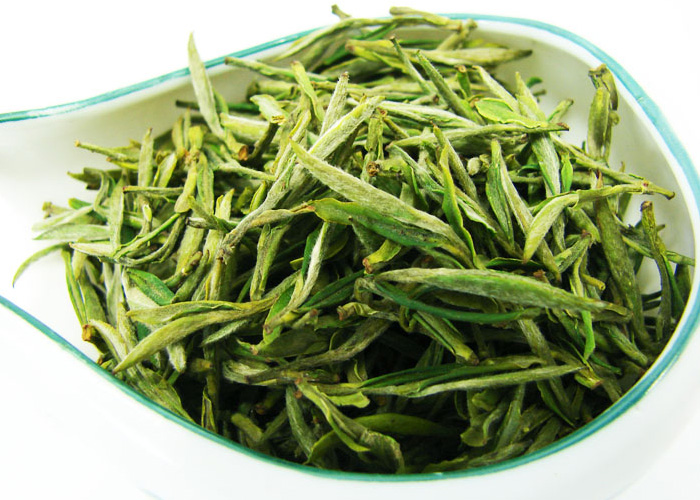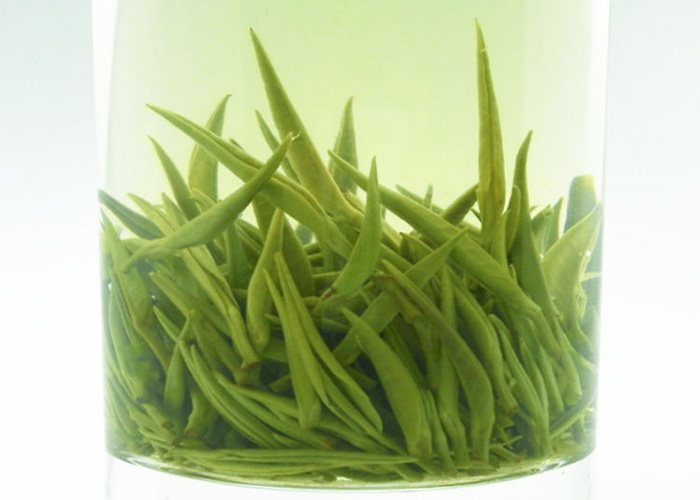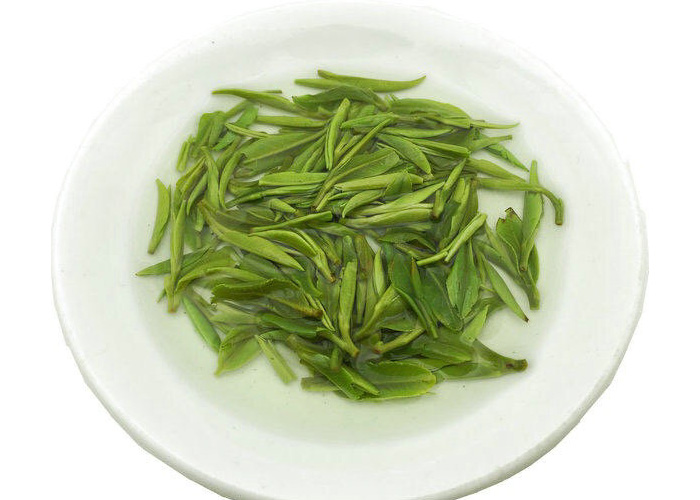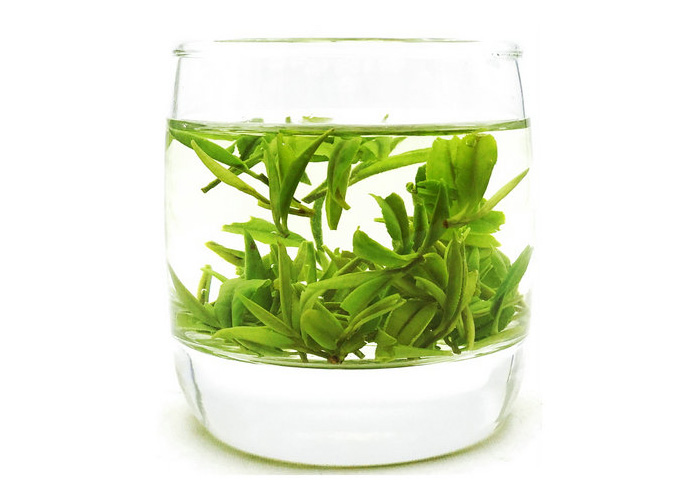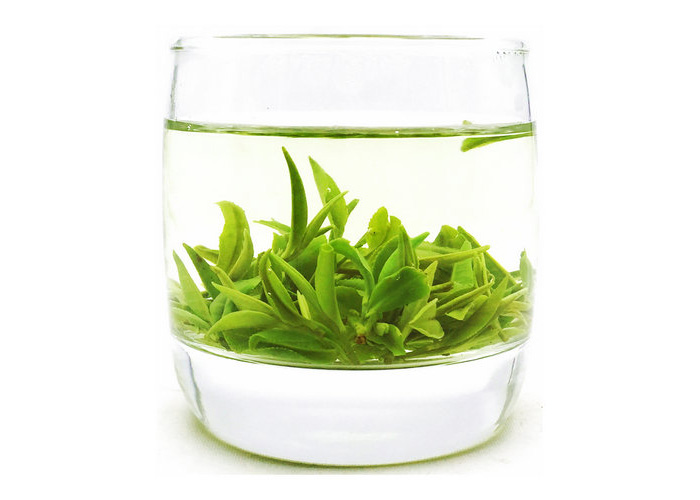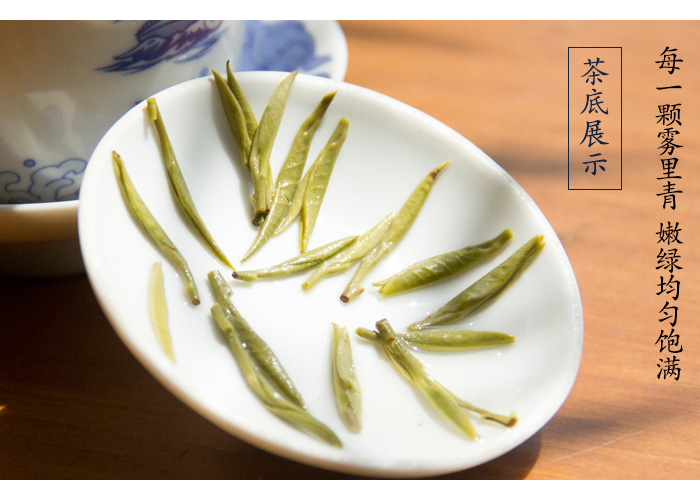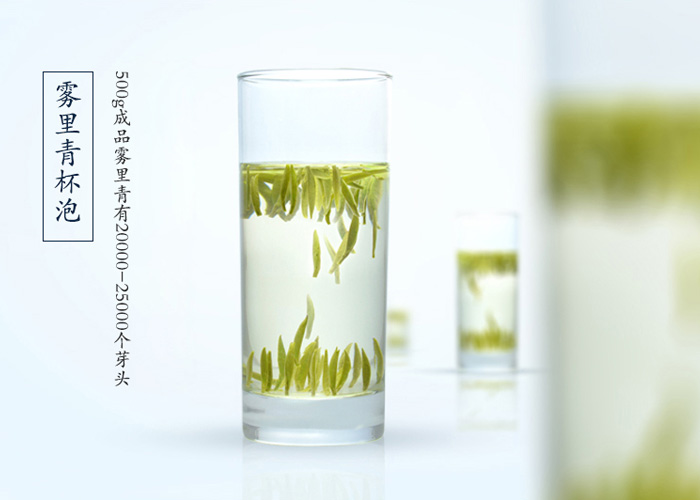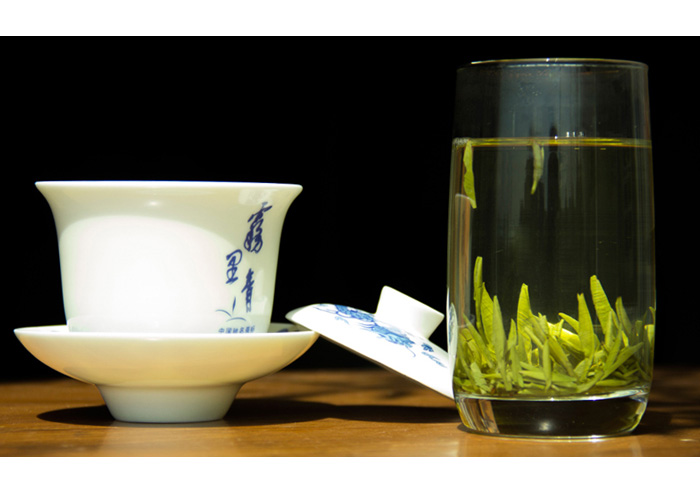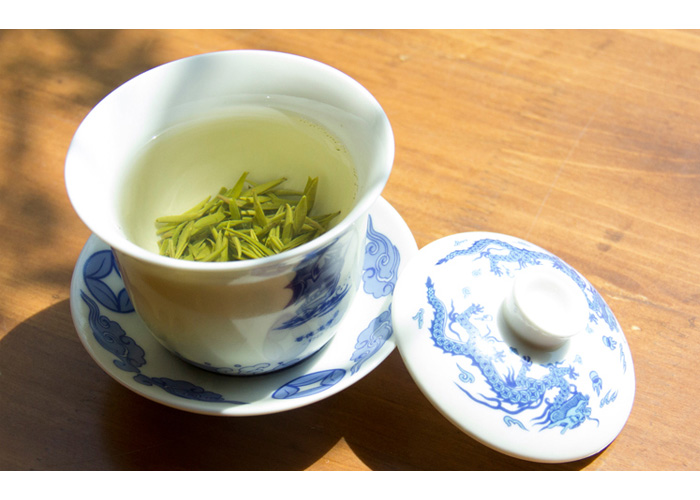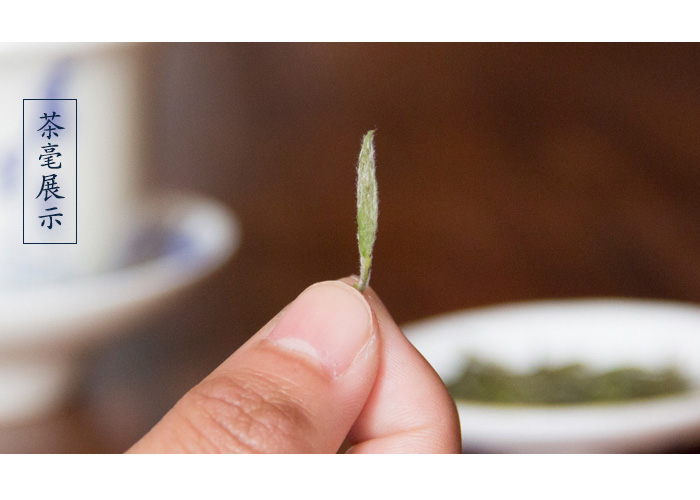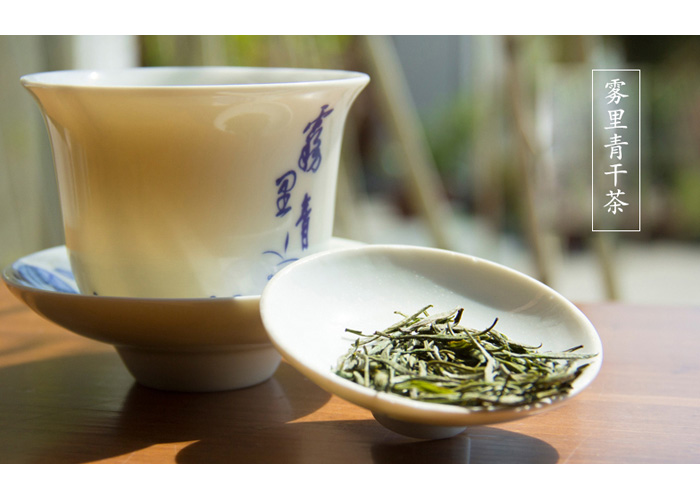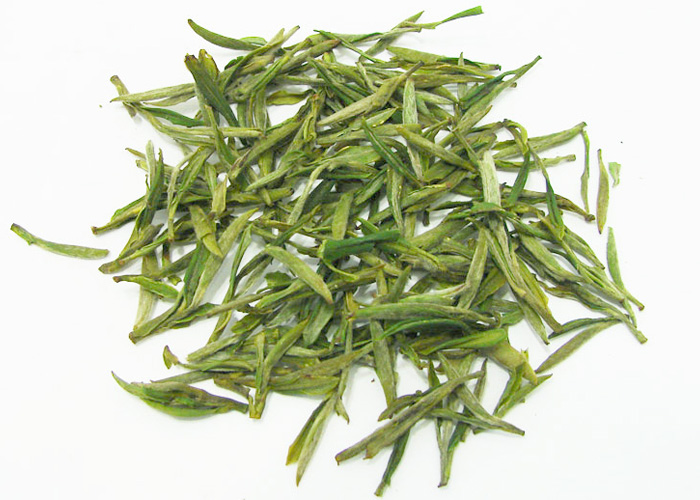Photo Gallery of
Wu Li Qing (Mist Green) Green Tea
Brief Introduction to
Wu Li Qing (Mist Green) Green Tea
The 9th December 1984, a shipwreck was rediscovered not far away from the Gothenburg harbour. It was the Götheborg, named after its hometown. It used to be an 18th century wooden sailing vessel and belonged to the Swedish East India Company. Like the more famous British East India Company, the Swedish East India Company’s activity was trade with the Far East.
The Götheborg sank the 12 September 1745 on its return from China loaded with silk, porcelain and tea. Since the place of sinking was quite near to the final destination, the crew could be saved. The ship and its merchandise though were lost, until a team of marine archaeologists rediscovered the precise location of the ship and undertook to excavate it. Among the excavated items were porcelain jars filled with tea leaves. This was not any other tea. It was Wu Li Qing (雾里青)!
In the Qing Dynasty, Wu Li Qing Tea have exported to Europe. Wu Li Qing Tea which is planted in the Mountains are boared by the “Goteborg”, to Sweden, and then transferred to other European countries by the Swedish. It is said that WuliQing Tea was considered treasure tea and popular in the noble society. It was so expensive that the Nobels use jewelry to exchange a can of Wu Li Qing Tea.
Wu Li Qing Tea was boarded the Gothenburg 3 again in Shanghai on June 9, 2007. After 10 months worldwide voyage, Gothenburg 3 arrived in Gothenburg, Sweden. It takes 300 years to go into Sweden Royal Palace again.
Wuliqing is a green tea that was in high demand among the Swedish nobility. In China, Wuliqing was known since the Song dynasty under various names. It was said to be a very exquisite and refined tea. Wu Li Qing was made in the south of Anhui Province with tea leaves from wild tea bushes. But its production had been discontinued.
Zhan Luojiu, a tea expert and professor from Anhui Agricultural University, had studied Wu Li Qing for many years and trid to relive its production. After many researches and tests, he discovered the original location where the wild tea bushes used to grow.
Wu Li Qing’s taste and fragrance is delicate and floral in nature, with a hint of magnolia flower note. The tea is very refreshing, long and narrow tea buds, each measuring between 1.2 to 1.5cm in length. When steeped, the tea buds stand upright in the cup, occassionally floating down and up as if they are dancing!
make the perfect cup of
Wu Li Qing (Mist Green) Green Tea
-
- Teaware

- 12 OZ. Tall Glass Teacup, Gaiwan (Bowl)
-
- Leaves

- 1 TBS
-
- Water

- Filtered (Spring) Water
-
- Fire

- 85°C | 185°F
-
- Time

- 2-3 Min for 1st Infusion
-
- Infusion

- 4-5 infusions
Wholesale Pricelist of
Wu Li Qing (Mist Green) Green Tea
Click the button below to view the pricelists of the teas you’re interested in. If you have any questions or remarks, please drop us an email or start a live chat to talk with us.
Get in Touch and
Partner with Us
If you’re looking for a reliable & trustworthy supplier for Chinese tea leaves, you’ve come to the right place. Don’t hesitate to contact us, we would love to hear from you and expect to work together.

